

— Products —
 Consumer hotline +8618073152920
Consumer hotline +8618073152920 WhatsApp:+8615367865107
Address:Room 102, District D, Houhu Industrial Park, Yuelu District, Changsha City, Hunan Province, China
All products
The instrument used to measure wind direction and speed is called an anemometer. There are several types of anemometers, including cup, vane, and hot-wire anemometers. Cup anemometers use rotating cups to measure wind speed, while vane anemometers use a small propeller to measure both wind direction and speed. Hot-wire anemometers use a heated wire to measure the wind speed by measuring changes in resistance caused by the cooling effect of the air flow. The integrated wind sp···
Tel/WhatsApp:+8615367865107
Email:Arvin@niubol.com +Nearly 100 partner company in more than 68 countries. We are committed to providing high-quality, practical products to meet your needs and help you solve problems.Product Details
The instrument used to measure wind direction and speed is called an anemometer. There are several types of anemometers, including cup, vane, and hot-wire anemometers. Cup anemometers use rotating cups to measure wind speed, while vane anemometers use a small propeller to measure both wind direction and speed. Hot-wire anemometers use a heated wire to measure the wind speed by measuring changes in resistance caused by the cooling effect of the air flow.
Integrated anemometer wind speed and direction sensor technical parameters:
| Wind speed sensor | |
| Measuring range | 0~45m/s, 0~70m/s optional |
| Accuracy | ±(0.3+0.03V)m/s (V: wind speed) |
| Resolution | 0.1m/s |
| Start wind speed | ≤0.8m/s |
| Product weight | 130 g |
| Product power consumption | 50 mW |
| Measuring range | 0 to 360° |
| Resolution | 1° |
| Accuracy | ±3° |
| Start wind speed | ≤0.5m/s |
| Product weight | 210 g |
| Product power consumption | 5.5 mW |
| Cable rating | rated voltage: 300V , temperature rating: 80°C |
| Power supply | 5V/12V/24V |
| Signal output | voltage type: 0-5V DC, current type: 4-20 mA |
| RS-485 signal | support ModBus protocol (baud rate 9600 can be set, address 0-255 can be set) |
| Material | metal shell, engineering carbon fibre airfoil and tailpiece, good strength, higher sensitivity |
| Working environment | Temperature -40℃~50℃; Humidity ≤100%RH |
| Protection class | IP45 |
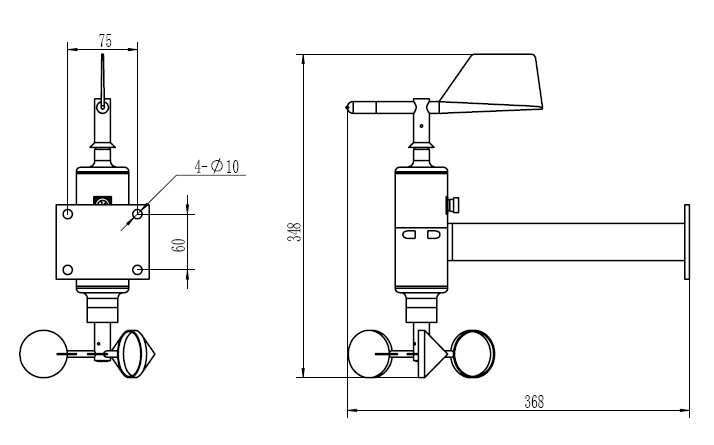
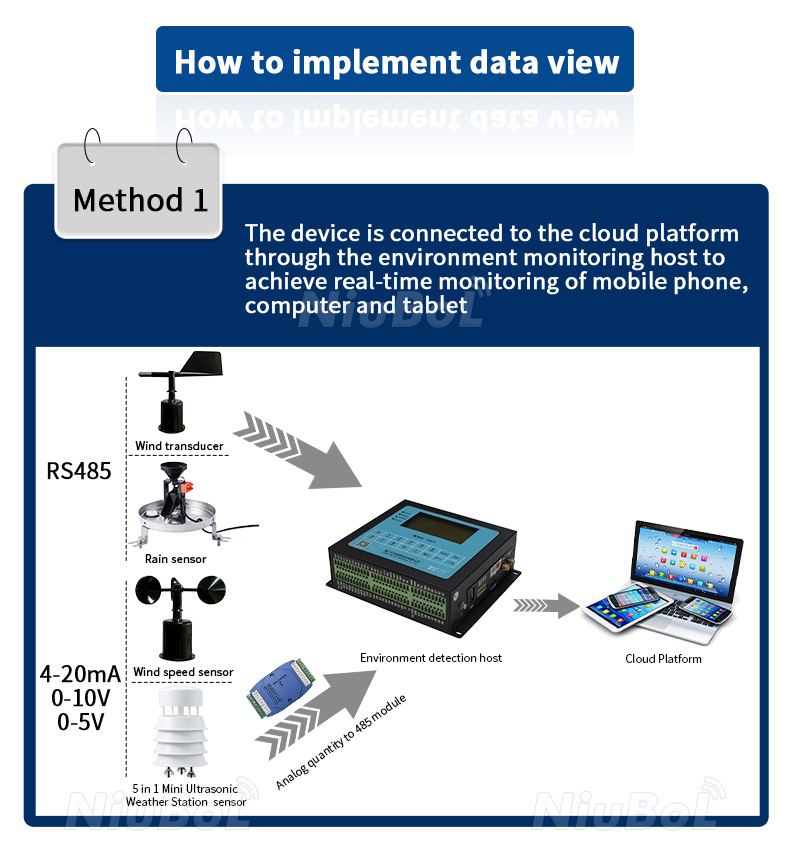
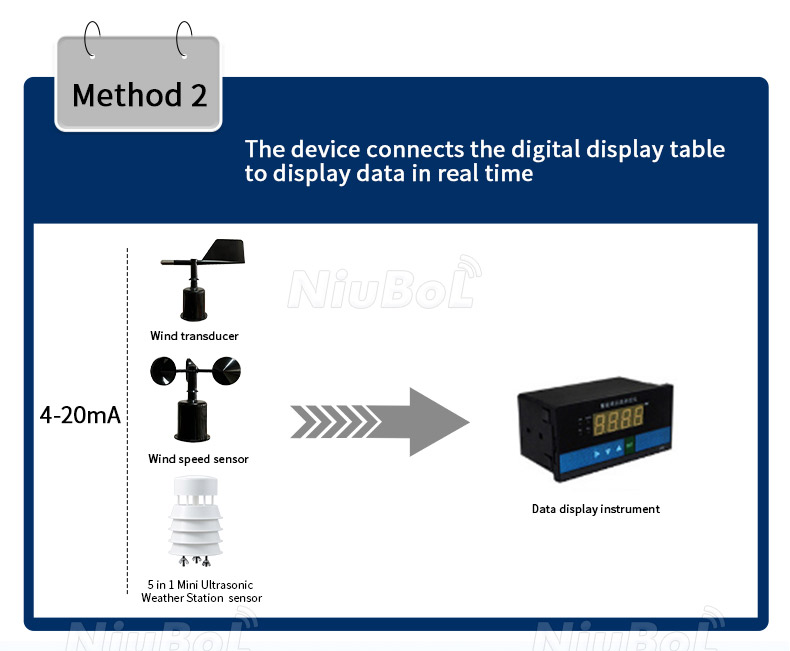
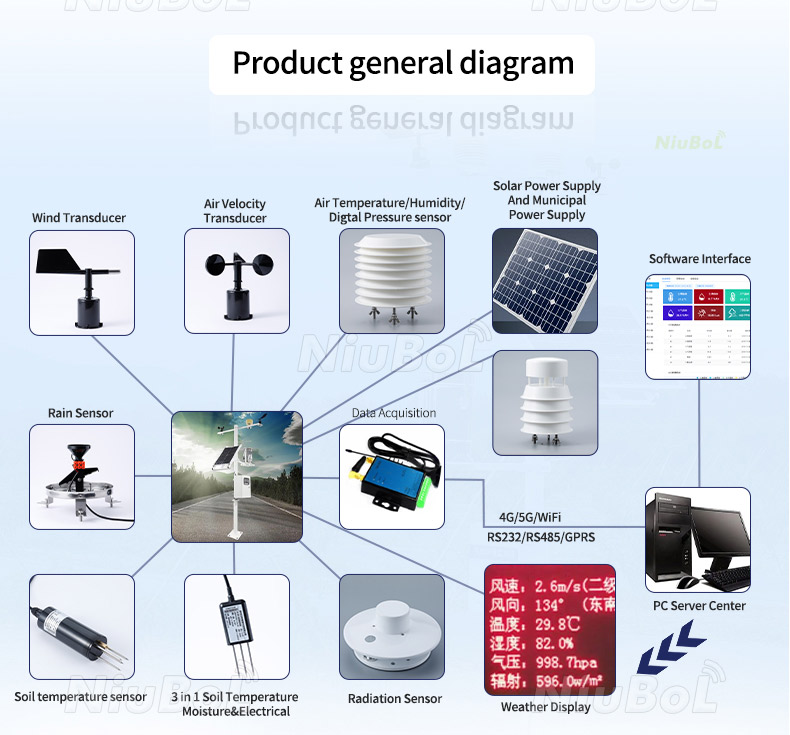
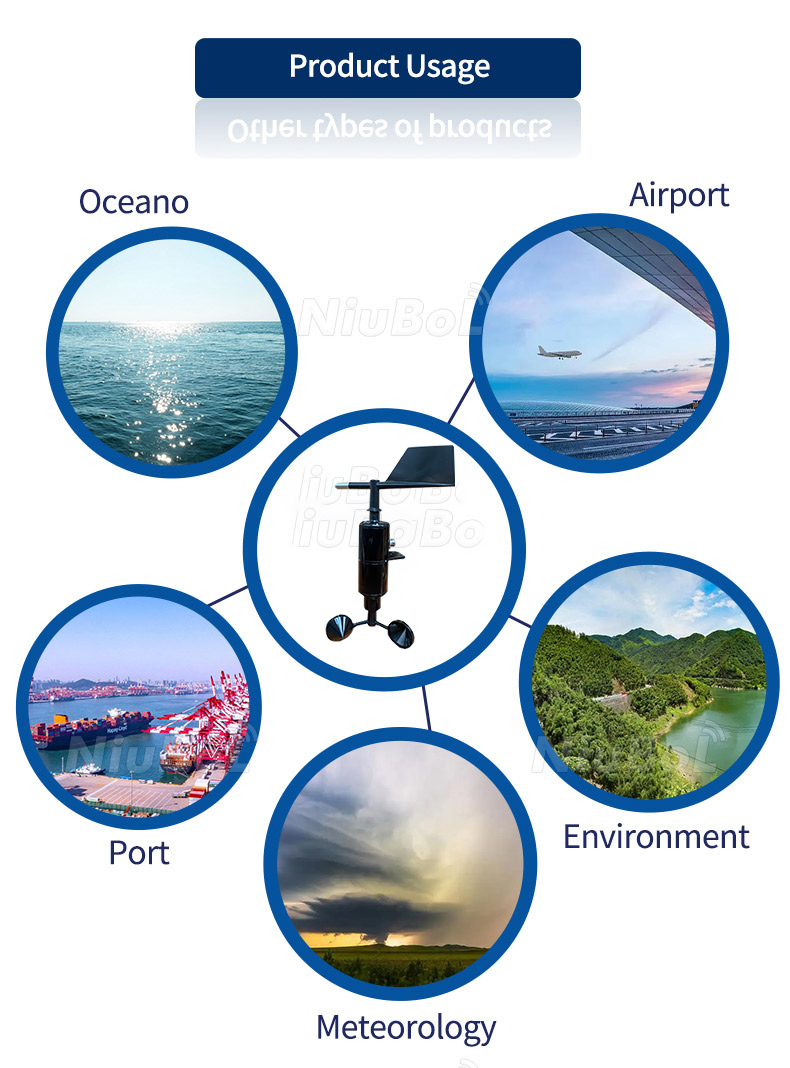
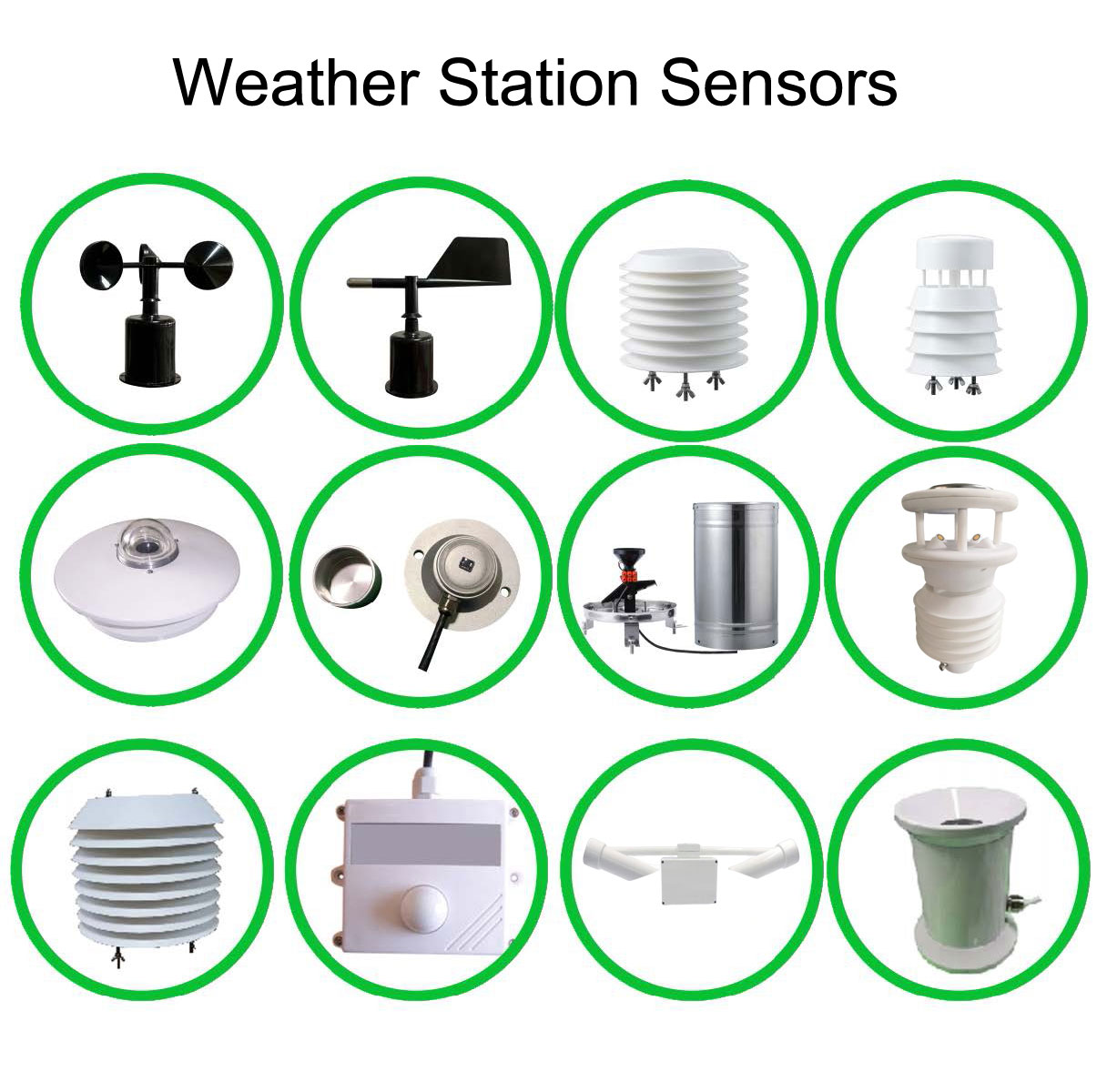
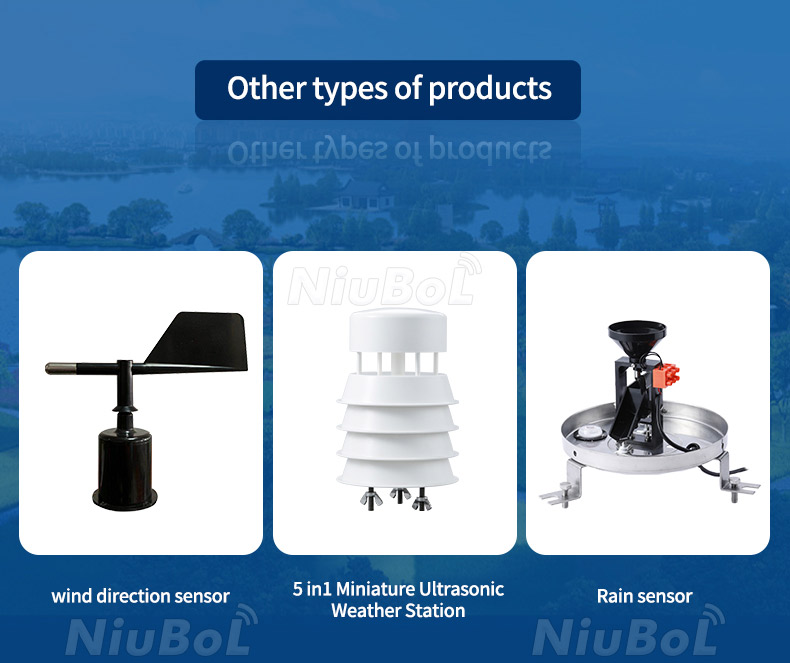
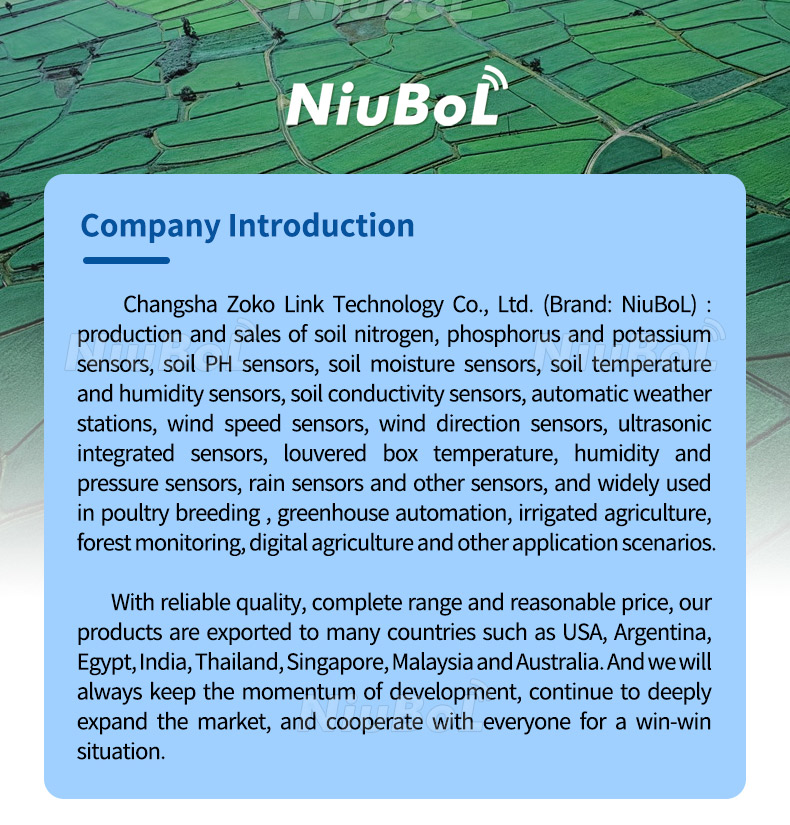
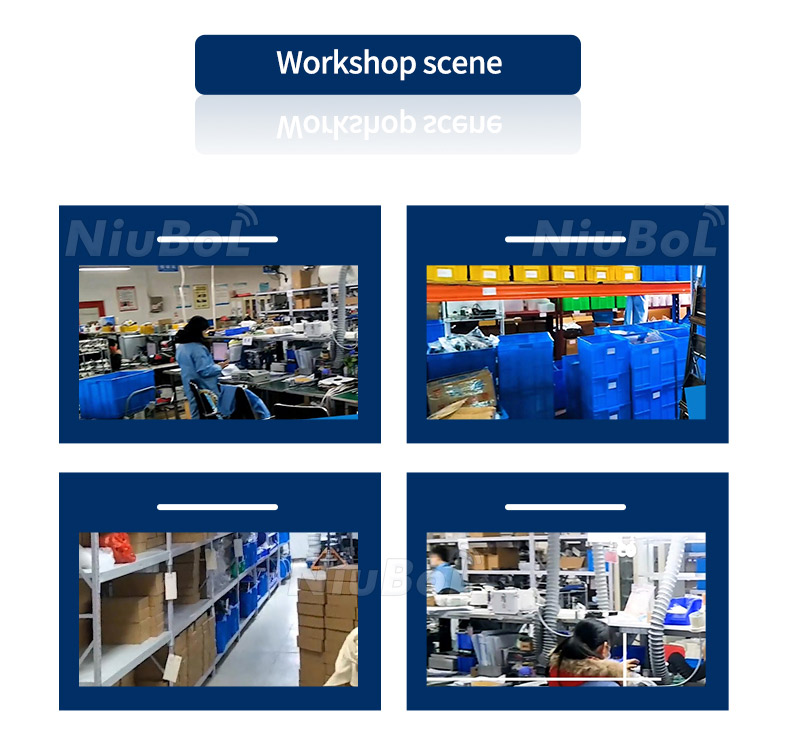
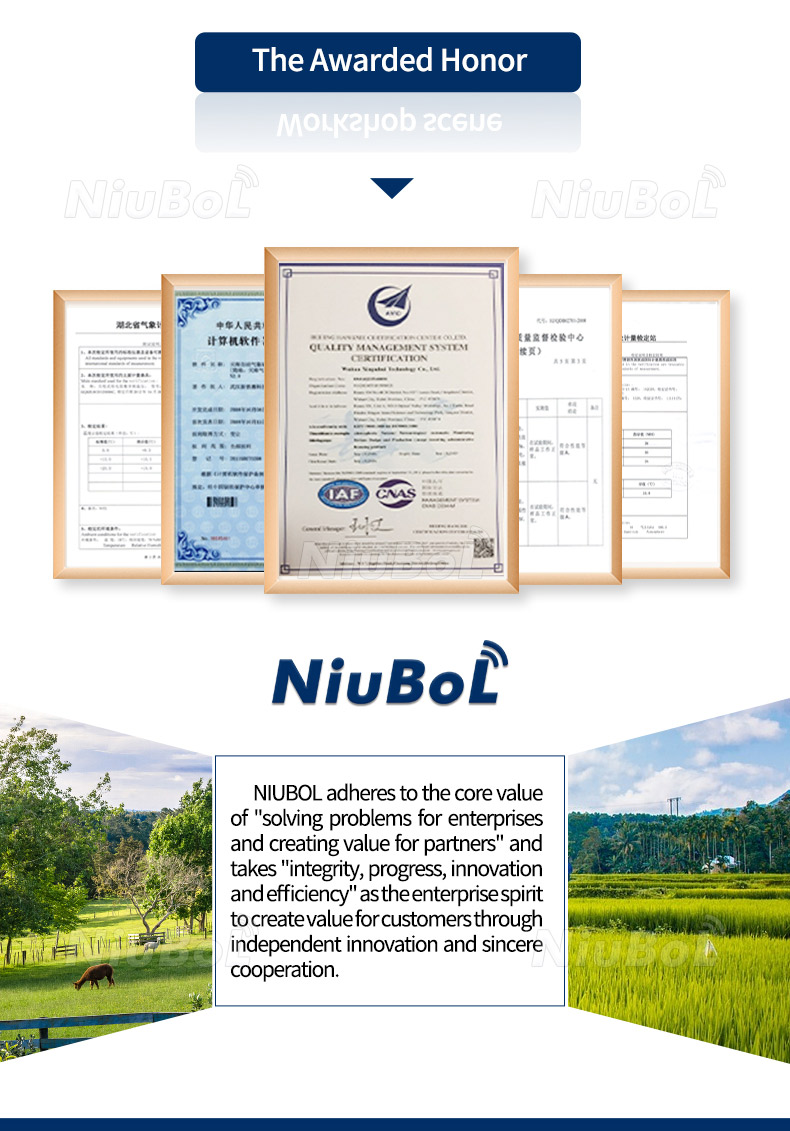
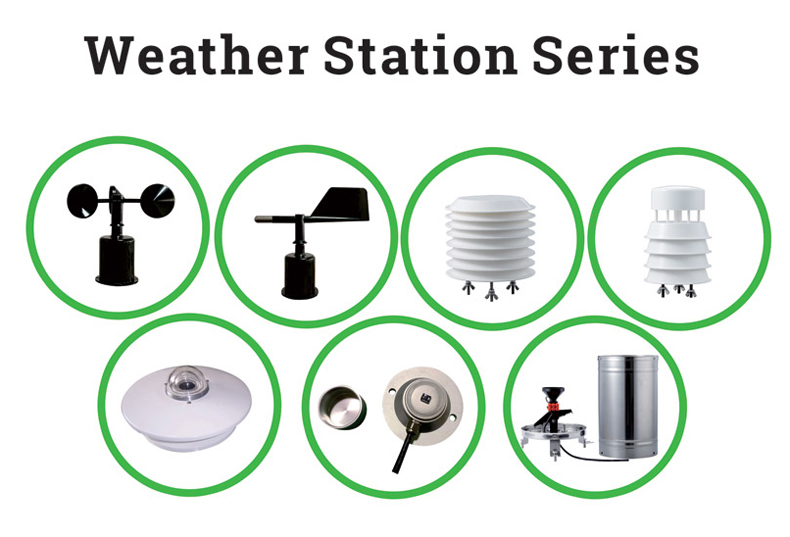
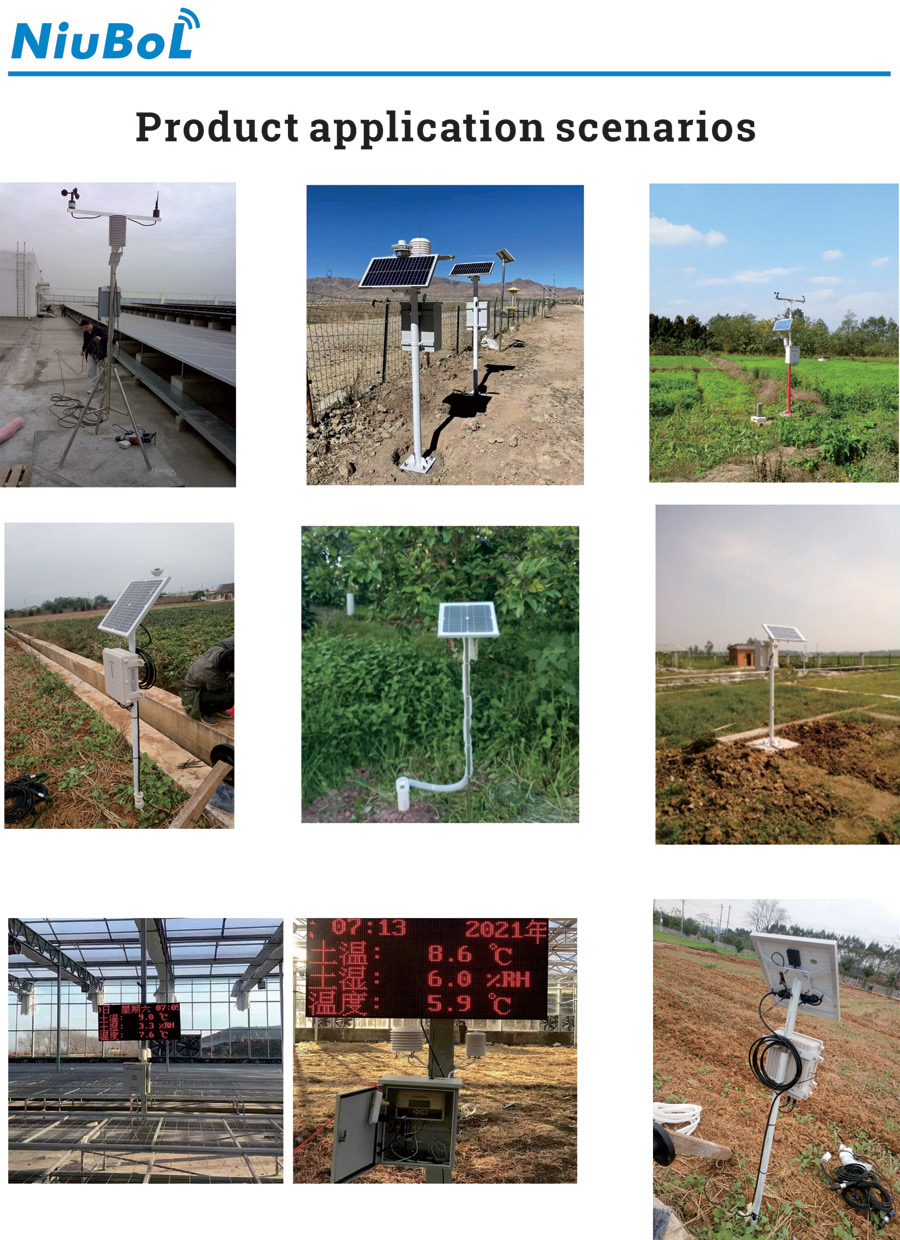
An Integrated anemometer Wind Speed and Direction Sensor is a sensor device that combines the functions of measuring wind speed and direction. Here is an introduction and the advantages of this sensor:
1. Device introduction: An Integrated Wind Speed and Direction Sensor integrates the capabilities of both a anemometer (wind speed meter) and a wind vane (wind direction sensor). It can simultaneously measure both wind speed and wind direction. It typically consists of a main body structure that includes a rotating wind vane and a device for measuring wind speed. This integrated design simplifies the installation and usage process, reducing the space required by the equipment.
2. Integrated anemometer Wind Speed and Direction Sensor Advantages:
- Comprehensive measurement: Traditional anemometers and wind vanes require separate installation and independent measurements, whereas an Integrated Wind Speed and Direction Sensor provides reliable measurements of both wind speed and wind direction simultaneously. It allows for a more comprehensive understanding of wind field variations.
- Accuracy: An Integrated Wind Speed and Direction Sensor offers high measurement accuracy. Through its precise measuring device and sensitive sensors, it can provide accurate wind speed and wind direction data to meet the requirements of various application fields.
- Quick response: The integrated sensor can rapidly respond to changes in the wind field. It can provide real-time wind speed and wind direction data within a short period, facilitating timely monitoring and decision-making.
- Durability: Integrated sensors are typically constructed using high-quality and durable materials. They possess strong resistance against wind, dust, and water, making them suitable for operation in various harsh environmental conditions.
3. Integrated anemometer Wind Speed and Direction Sensor Application value:
- Weather observation and forecasting: Integrated Wind Speed and Direction Sensors are widely used in meteorological observation and weather forecasting. They provide accurate wind field data, helping meteorologists understand wind intensity and direction for tasks such as weather prediction and risk assessment.
- Aviation and maritime: In aviation and maritime domains, precise wind speed and wind direction information are crucial for flight and navigation safety. Integrated Wind Speed and Direction Sensors can provide real-time and accurate wind field data for aircraft, ships, etc., assisting pilots and captains in making informed operational decisions.
- Greenhouse and agriculture: Wind speed and direction play a crucial role in greenhouse and agricultural management, as they can influence crop growth. Integrated sensors can be used to monitor and record changes in the wind field, enabling better decisions regarding irrigation plans or adjustments to greenhouse ventilation.
In summary, an Integrated Wind Speed and Direction Sensor combines the capabilities of measuring wind speed and direction, offering advantages such as comprehensive measurement, high accuracy, quick response, and durability. It holds significant application value in weather observation, aviation and maritime operations, agriculture, and other fields by providing crucial data support.
One-piece wind speed and direction sensor installation:
When installing the sensor, please ensure that the wind direction sensor is on the top and the wind speed sensor is on the bottom, and that the sensor is installed in a vertical direction to the ground, there is a white fixing point on the wind direction sensor, please refer to the compass included with the product to keep the wind direction guide direction in line with the geographical south before use.
Troubleshooting :
1、The wind vane rotation is not working, the hysteresis is big. May be due to long-term use There are foreign objects in the bearing or the lubricant is used up. Please fill the instrument oil from the upper bearing of the sensor or send the sensor back to the company for oil injection. The oil should be injected from the upper bearing of the sensor or the sensor should be returned to the company.
2. When the analogue output is used, the display shows a value of 0 or not in range. 2. When the analogue output is displayed, the display shows a value of 0 or not within range. It is possible that the collector is not getting the correct information due to a wiring problem. Check that the wiring is correct and secure. Please check that the wiring is correct and secure.
3、If not for the above reasons, please contact the manufacturer.
Sensors & Weather Stations Catalog
Agriculture Sensors and Weather Stations Catalog-NiuBoL.pdf
Weather Stations Catalog-NiuBoL.pdf
Related recommendations
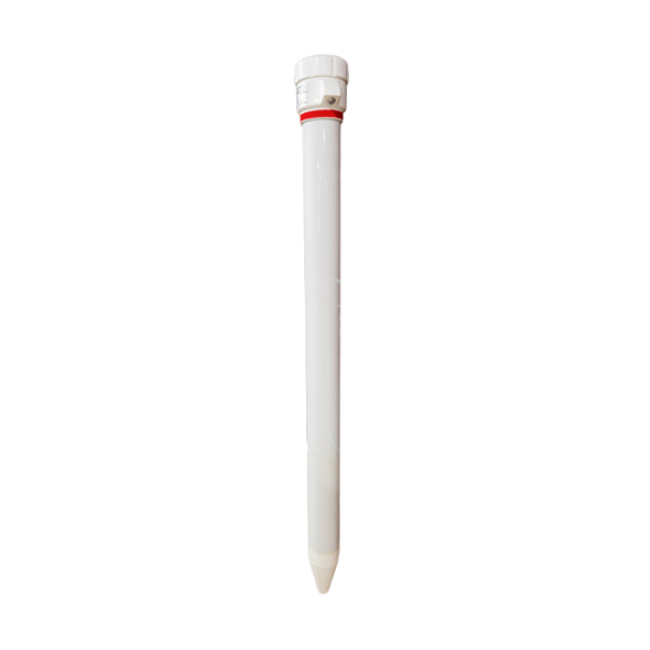 Multi-Depth Soil Sensor RS485
Multi-Depth Soil Sensor RS485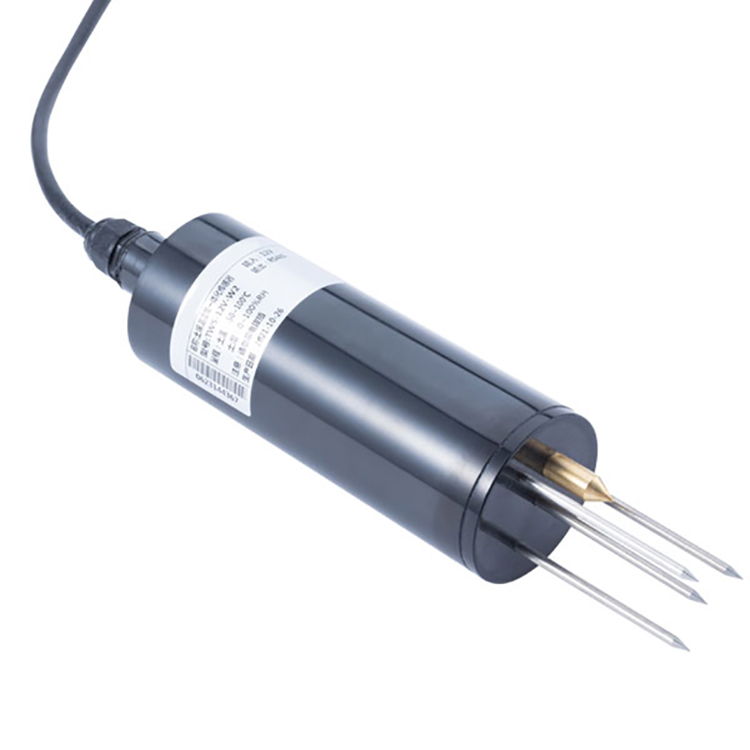 TDR Soil Moisture Sensor
TDR Soil Moisture Sensor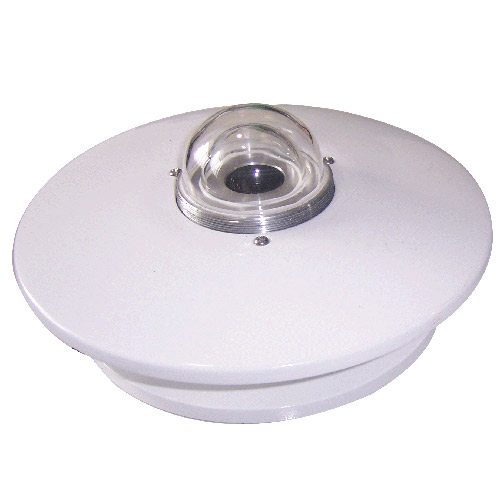 Pyranometer Solar Radiation Sensors
Pyranometer Solar Radiation Sensors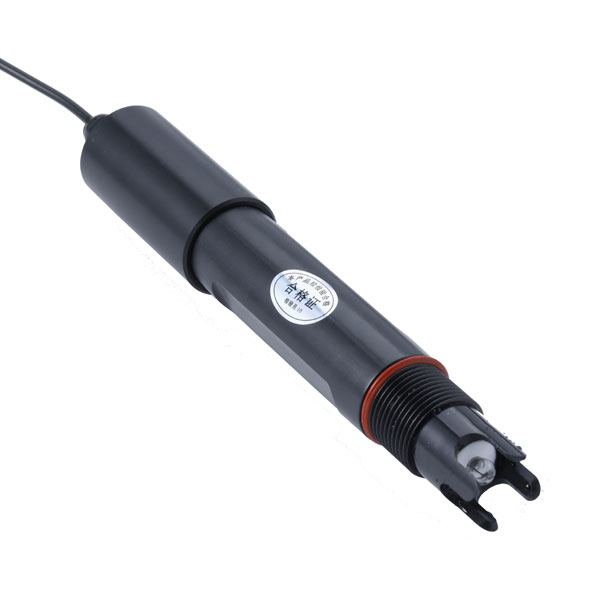 Soil ph sensor
Soil ph sensor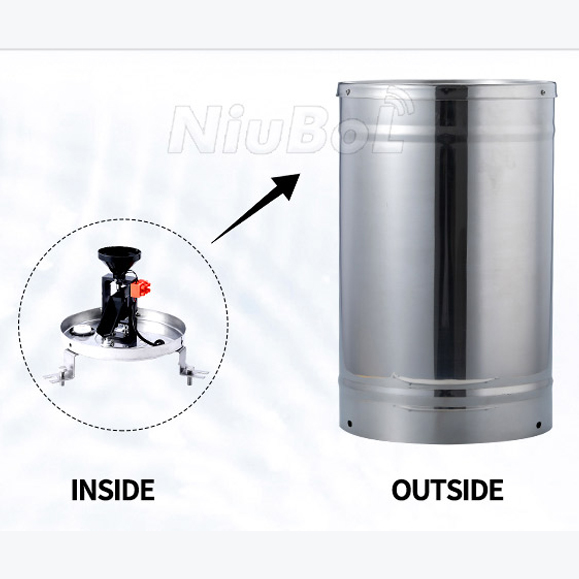 Tipping Bucket Rain Gauge
Tipping Bucket Rain Gauge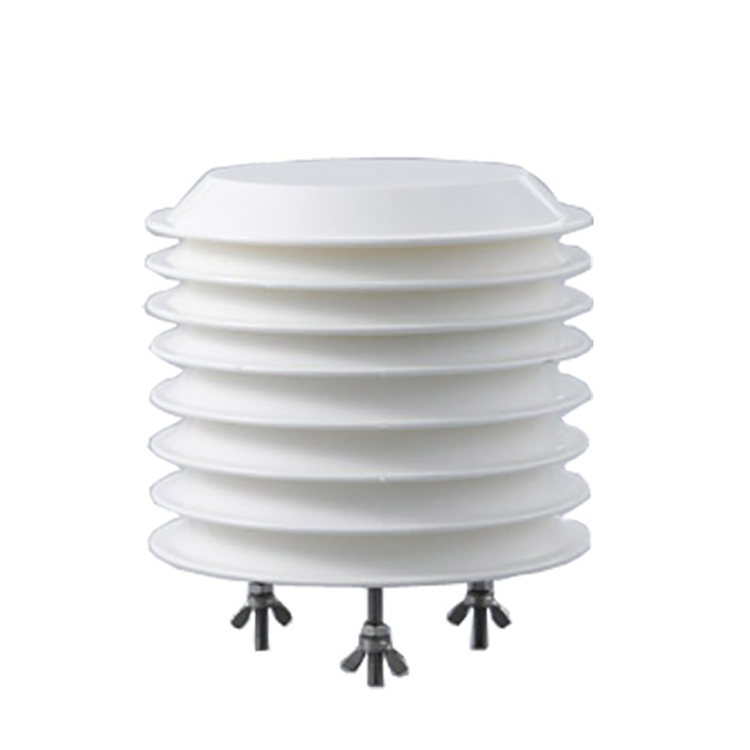 Air Temperature and Humidity Sensor
Air Temperature and Humidity Sensor
Screenshot, WhatsApp to identify the QR code
WhatsApp number:+8615367865107
(Click on WhatsApp to copy and add friends)
